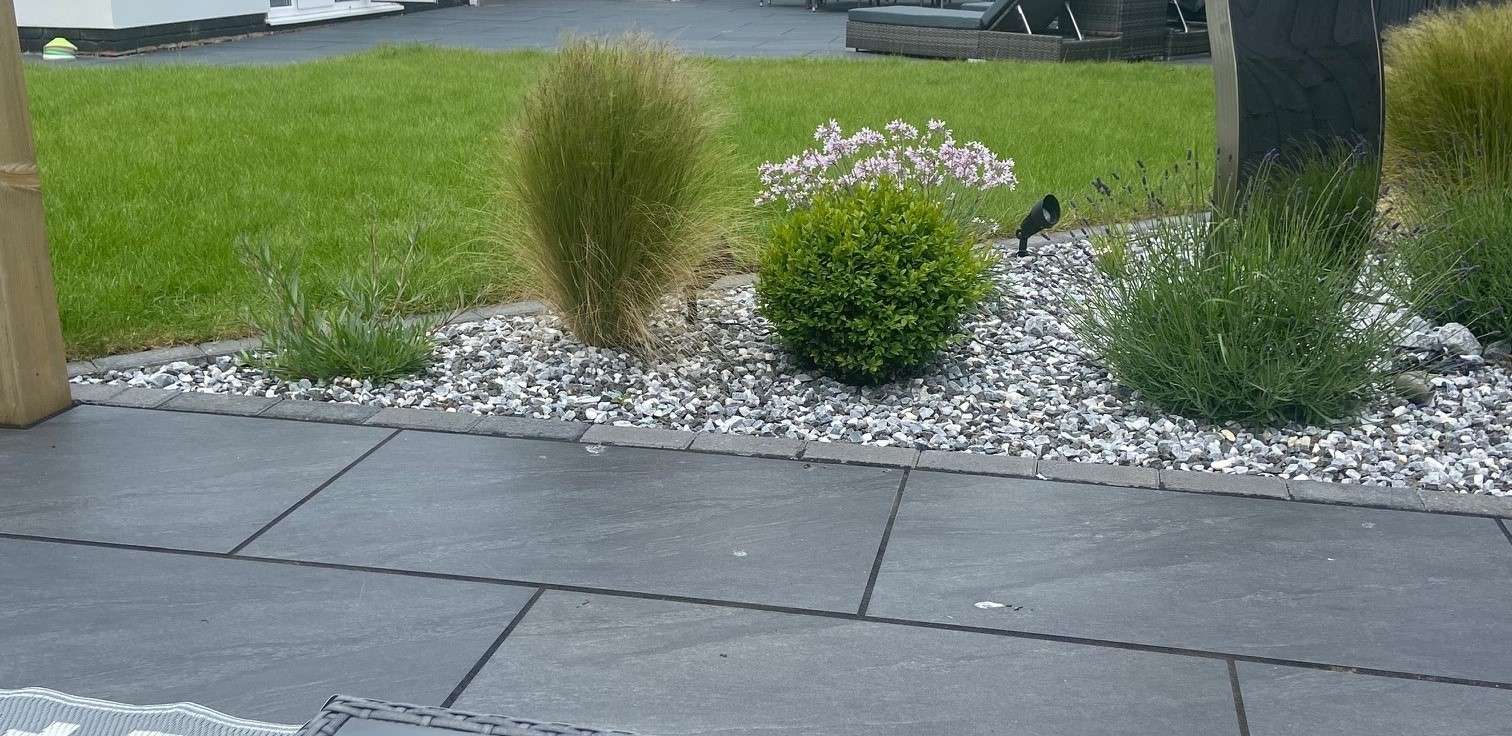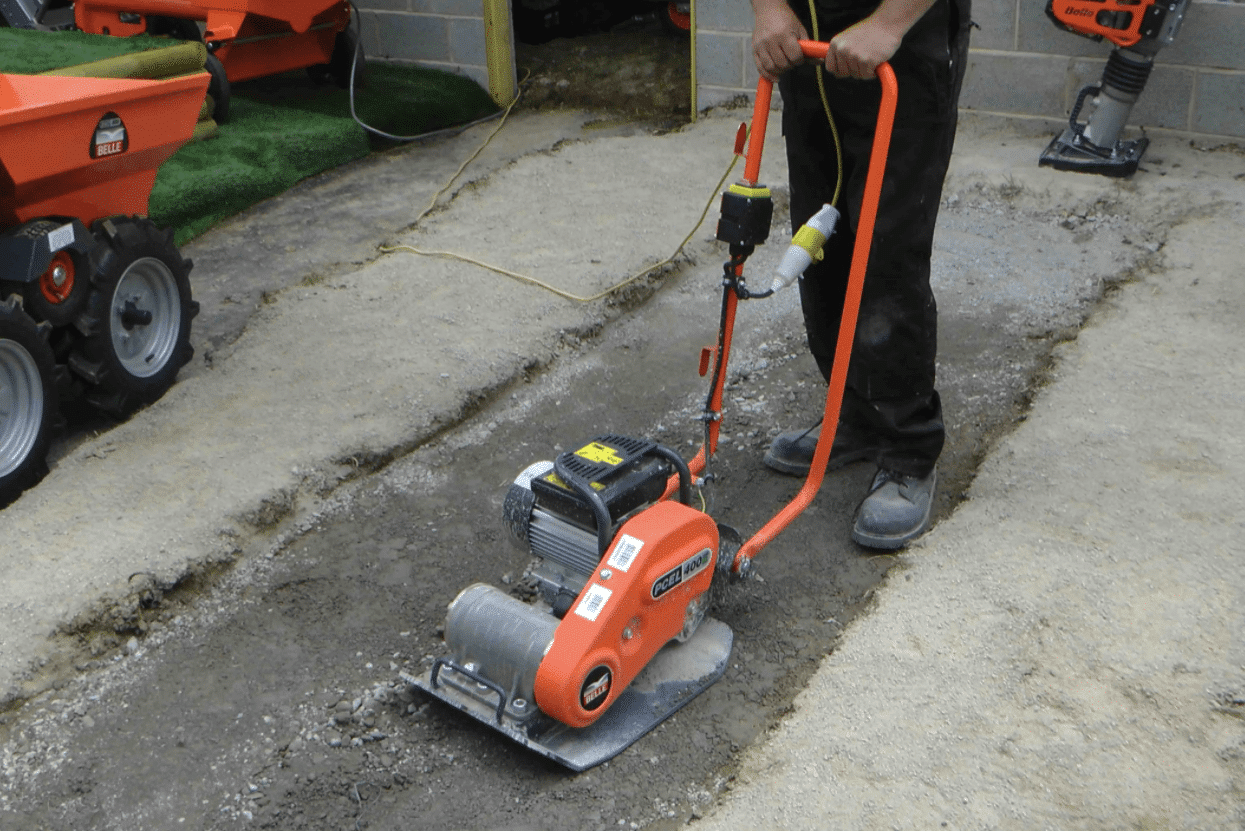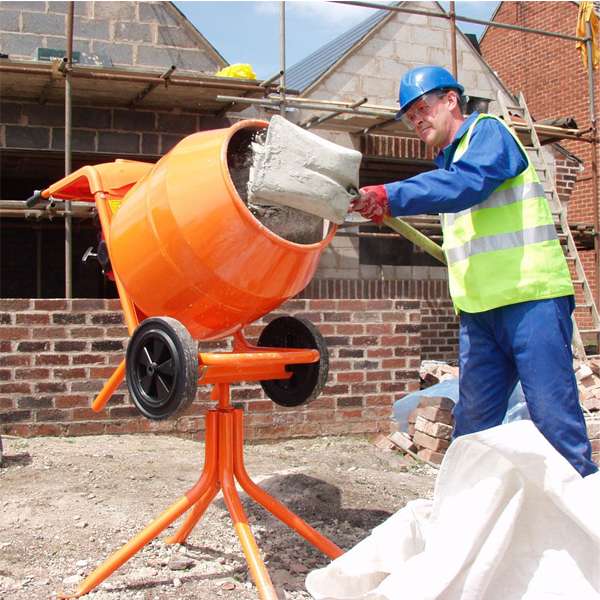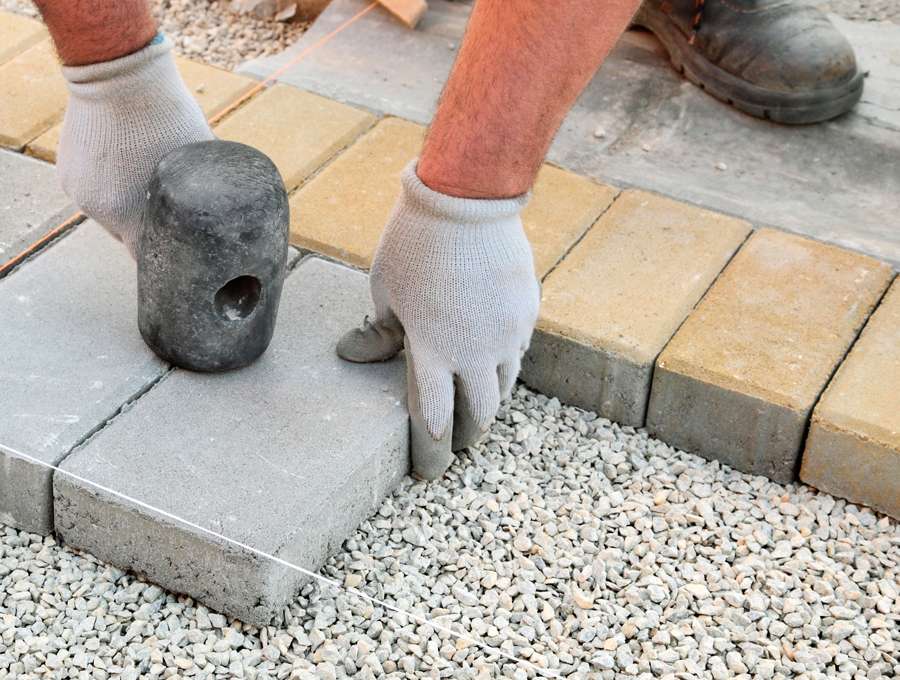If you’re looking to add some personality and appeal to your garden, paving can be an excellent option. However, the idea of paving a garden can seem a bit overwhelming, especially if you’re not sure how to begin. From choosing the perfect stones to the pattern in which you’re going to lay them, there are a few things to think about. First things first, though, you need to work out what tools you need and how much paving you need, and that’s where we come in with our tool hire services. We’ve put together this handy guide so you can figure out everything you need to know at home and approach this project with confidence!

Tools for the job
Before you start any project you need to make sure you have all the tools on hand that you need to get the job done. At Smiths Hire, we have a range of tools to help you make your paving project plain sailing, like wacker plates, concrete mixers and masonry saws.  Apart from these tools, if you’re planning to lay your own patio, you’re going to need a rubber mallet, tape measure, spirit level, a shovel, a rake, and a pointing trowel.
Apart from these tools, if you’re planning to lay your own patio, you’re going to need a rubber mallet, tape measure, spirit level, a shovel, a rake, and a pointing trowel.

How to measure your patio
The first step to any paving project is working out how much space you need to cover, which means it’s time to measure your patio. If your garden or patio is an uncomplicated shape like a square or a rectangle, then this is going to be an easy job. All you need to do is measure the width and the length of your space, and simply multiply those numbers together. This will give you the area that you need to cover with your paving stones.
Here’s an example of how this calculation would look for a square-shaped garden if you wrote it down: if your length is 7m and your width is 7m, your equation will be 7m x 7m = 49m²
However, if your space is a more unusual shape, with twists and turns, things can get a little more complicated. But don’t worry; when you break it down, it’s actually quite straightforward! First, you’ll want to draw a diagram of your garden’s shape on some paper, and divide it into sections using shapes like rectangles, squares, triangles, and even circles.
Once you have your garden or chosen patio space broken up into shapes, you can measure those sections to find the area of those specific shapes. When you’ve worked out the area of each of your shapes, you can then add them all together to give you the total area you need to cover.
Here’s an example of how it would look for a more complicated garden shape
Square: 5m x 5m = 25m²
Rectangle: 2m x 5m = 10m²
If you have a triangle in your sections, it can get slightly more complicated, but not to worry – when you break it down it’s easy to follow. What you need to do is multiply the length by the width, and divide that answer by two. So an example would be:
Triangle: 5m x 4m = 20m²
That answer ÷ by 2 = 10m²
Once you have all the areas of the shapes calculated, take all your answers and add them together. So to recap, that’s the square (25m²), the rectangle (10m²), and the triangle (10m²).
25m² + 10m² + 10m² = 45m²
That makes 45m² your total area you need to cover.
Work out how many paving slabs you need
Now that you’ve calculated the total area of the space you want to cover, you need to determine the size of the paving slabs you want to use. Once you know the length and width of each slab in millimetres (which is typical), you can convert those measurements into square metres, and then multiply them to find the total area that each slab covers.
This will help you determine the number of slabs you need to cover your desired area.
Here’s how that looks on paper:
Say you chose slabs that are 900mm (0.9m) wide and 600mm (0.6m) long.
Each paving slab area = 0.9m (900mm) × 0.6m (600mm) = 0.54m²
For this example, let’s use the square metres of the square garden we calculated earlier, which was 45m² (this process will work for all garden shapes). Once you have the total area of your space to hand, and the area of one paving slab worked out, you’ll need to divide the garden area ( 45m² ) by the slab area ( 0.54m² ). The answer will tell you how many paving stones you need to cover your space.
So for this example:
Number of paving slabs needed = 45m² ÷ 0.54m² = 83.33 slabs
Rounding up = 84 slabs
So to summarise, to cover your garden area of 45m², you would need about 84 paving slabs (each measuring 900 x 600mm). The measurements for your own garden may different, but the same calculations will apply.

If you have any questions or need any guidance, don’t hesitate to give us a call on 0333 323 2100. Our team of tool hire experts is always happy to help you out!

 SPEAK TO US
SPEAK TO US




